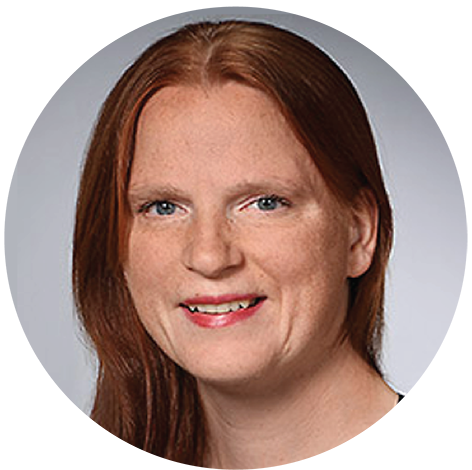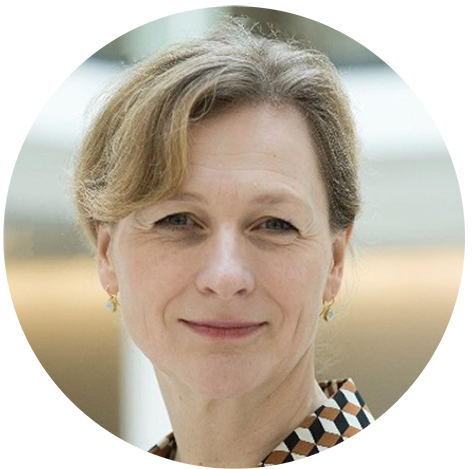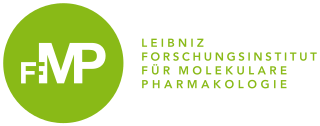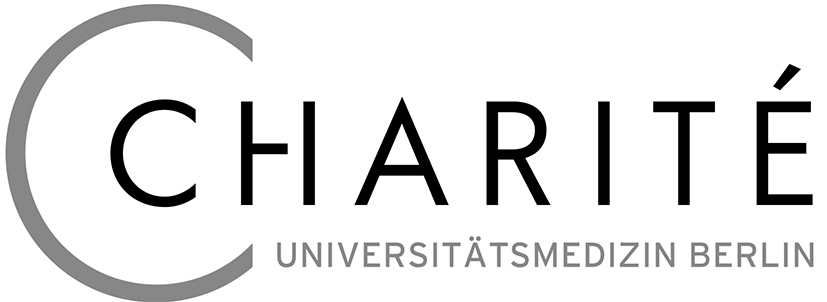Presynaptic crosstalk of autophagy and proteasomal activity to maintain proteostasis
JANINE KIRSTEIN (Universität Bremen & Leibniz Forschungsinstitut für Molekulare Pharmakologie (FMP), Berlin)
BRITTA EICKHOLT (Charité-Universitätsmedizin, Berlin)


Ageing is marked by an accumulation of misfolded and damaged proteins that severely compromise the physiology of a cell and an organism. Accordingly, damaged proteins need to get eliminated to maintain cellular function throughout life. This is of particular importance in post-mitotic cells such as neurons. The two major proteolytic machines are macro-autophagy and the ubiquitin proteasome system (UPS). We are only beginning to understand how both proteolytic pathways are organized on a cellular level and at subcellular locations such as the presynapse, and how they may change throughout the lifetime of an organism. In a joint project between the Kirstein lab (Universität Bremen) and Eickholt lab (Charité-Universitätsmedizin, Berlin), the crosstalk and/or compensatory mechanisms between autophagy and UPS will be explored. We will study the capacities of both proteolytic pathways at the presynapse with the progression of ageing and investigate effector systems that mediate a crosstalk between autophagy and the UPS. We further aim to identify novel presynaptic autophagy substrates using a strategy involving an engineered chaperone system. For that, we will use the nematode Caenorhabditis elegans, mice and cultured neurons as model system and utilize protein engineering to trap and identify autophagy substrates. We will employ state of the art imaging techniques including, super resolution microscopy, photo-conversion, FLIM and optogenetic tools as well as protein engineering.


References:
Schiweck J, … , Eickholt BJ* (2021) Drebrin mediates scar formation and astrocyte reactivity during brain injury by inducing RAB8 tubular endosomes. Nat Commun 5;12(1):1490
Gallrein C, … Kirstein J (2021) Novel Amyloid-beta pathology C. elegans model reveals distinct neurons as seeds of pathogenicity. Progress in Neurobiology, 11:101907
Kreis P, Gallrein C, …, Kirstein J*, Eickholt BJ* (2019) ATM phosphorylation of the actin-binding protein drebrin controls oxidation stress-resistance in mammalian neurons and C. elegans. Nat Commun 10, 486.
Feleciano DR, …, Kirstein J (2019) Crosstalk Between Chaperone-Mediated Protein Disaggregation and Proteolytic Pathways in Aging and Disease. Front. Aging Neurosci. 11, 9


